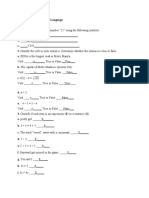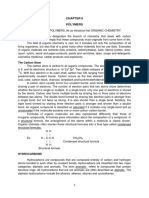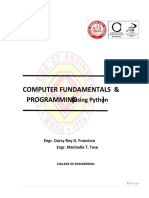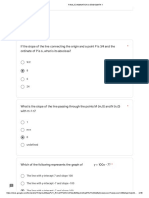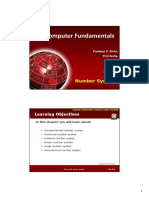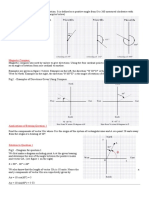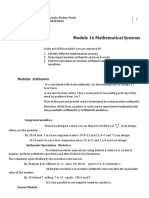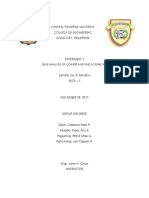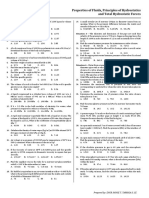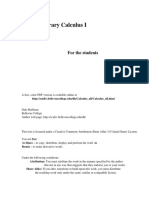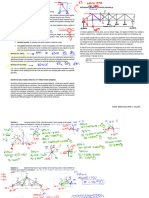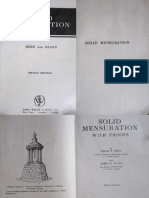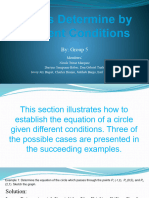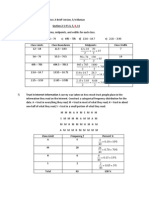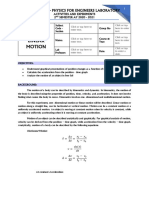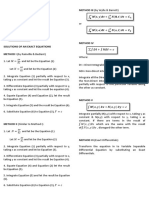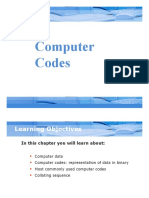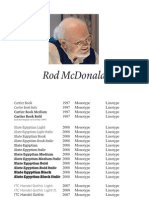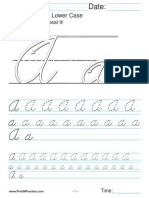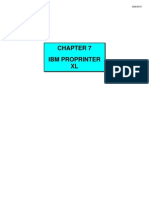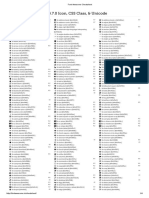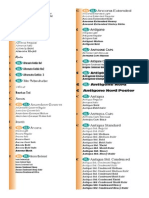0% found this document useful (0 votes)
590 views31 pagesChapter 4 Computer Codes
The word BIT in EBCDIC binary notation is:
B = 110010
I = 110001
T = 110111
So the binary coding is:
110010 110001 110111
This requires 3 bytes to encode the word BIT in EBCDIC.
Uploaded by
Mirza ZebićCopyright
© © All Rights Reserved
We take content rights seriously. If you suspect this is your content, claim it here.
Available Formats
Download as DOCX, PDF, TXT or read online on Scribd
0% found this document useful (0 votes)
590 views31 pagesChapter 4 Computer Codes
The word BIT in EBCDIC binary notation is:
B = 110010
I = 110001
T = 110111
So the binary coding is:
110010 110001 110111
This requires 3 bytes to encode the word BIT in EBCDIC.
Uploaded by
Mirza ZebićCopyright
© © All Rights Reserved
We take content rights seriously. If you suspect this is your content, claim it here.
Available Formats
Download as DOCX, PDF, TXT or read online on Scribd
/ 31




